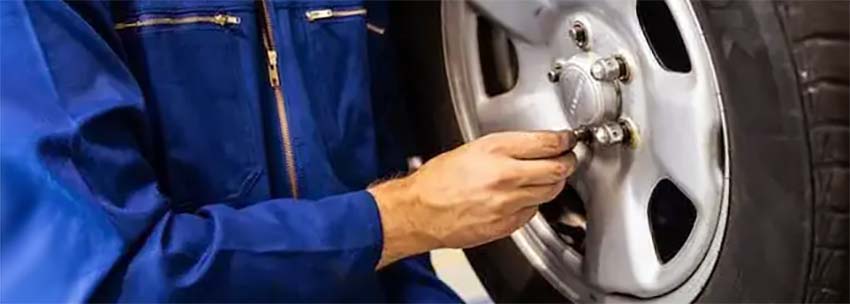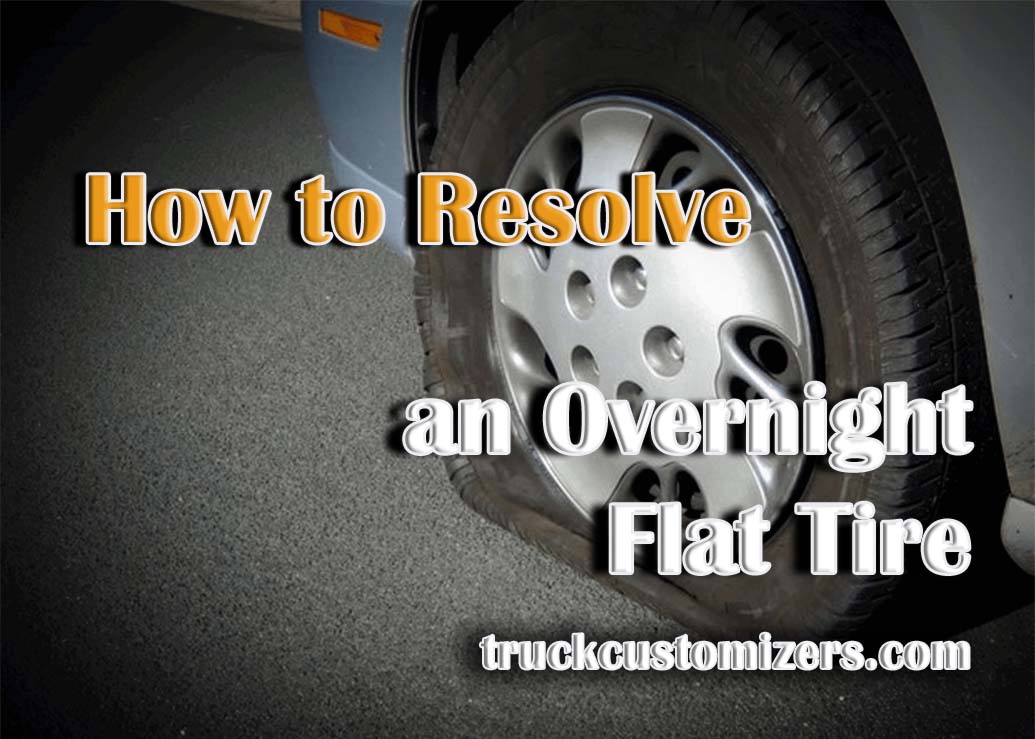Deflating a tire may seem counterintuitive, but there are specific situations in which reducing tire pressure is necessary. This comprehensive guide will cover the benefits of proper tire deflation, how to use an air pump to deflate a tire, and the precautions to take to ensure safe and efficient tire deflation.
Benefits of Proper Tire Deflation
There are several benefits to deflating your tires when needed. In off-road scenarios, reducing tire pressure can increase traction on soft surfaces like sand, mud, or snow. Additionally, deflating your tires can make them easier to remove in the event of a puncture or when swapping them out for different types of tires. Finally, proper tire deflation can reduce the risk of damage to your tires or rims when using tire-changing equipment.
Types of Air Pumps for Tire Deflation
While many air pumps are designed primarily for inflating tires, some models also have a deflation feature. These air pumps typically include a dual-action valve or a separate valve for deflation, making it easy to switch between inflating and deflating your tires. When choosing an air pump for deflating tires, look for one with a pressure gauge to monitor the tire pressure accurately during the process.
Step-by-Step Guide to Deflating Tires with an Air Pump
Deflating a tire using an air pump is a straightforward process. Follow these steps to ensure safe and efficient tire deflation:
- Park your vehicle on a flat, stable surface and engage the parking brake.
- Locate the valve stem on the tire you wish to deflate.
- Attach the air pump’s deflation valve to the tire’s valve stem. Ensure a secure connection to prevent air leaks.
- Monitor the pressure gauge on the air pump as you release air from the tire. Remember to deflate the tire slowly and steadily to avoid overshooting the desired pressure.
- Once the desired tire pressure is reached, carefully remove the air pump’s deflation valve from the tire’s valve stem.
- Repeat the process for any additional tires that need deflating.

Safety Precautions When Deflating Tires
To ensure your safety and prevent damage to your tires or vehicle, keep these precautions in mind when deflating your tires:
- Always refer to your vehicle’s owner’s manual for the recommended tire pressure in various situations.
- Never deflate a tire to a pressure lower than the manufacturer’s recommendations.
- Monitor the tire pressure carefully during the deflation process to avoid over-deflation.
- Do not attempt to drive your vehicle with underinflated tires, as this can cause poor handling, increased tire wear, and potential tire failure.
Conclusion: The Importance of Proper Tire Deflation
Understanding how and when to properly deflate your tires is crucial for maintaining their longevity, performance, and safety. By using an air pump with a deflation feature and following the step-by-step process outlined in this guide, you can ensure that your tires are deflated safely and efficiently. Always keep the recommended tire pressure in mind and adhere to your vehicle manufacturer’s guidelines to prevent damage or accidents. Additionally, incorporating a 5-Tire Rotation into your tire maintenance routine can further extend the life of your tires and provide a more even wear pattern across all tires.
By being informed about the benefits, process, and precautions related to tire deflation, you can confidently tackle off-road scenarios, tire changes, and other situations that require adjusting your tire pressure. Remember that maintaining proper tire pressure is essential for the overall performance, safety, and efficiency of your vehicle. Regularly checking and adjusting your tire pressure, as needed, will help ensure a smooth and enjoyable driving experience.



